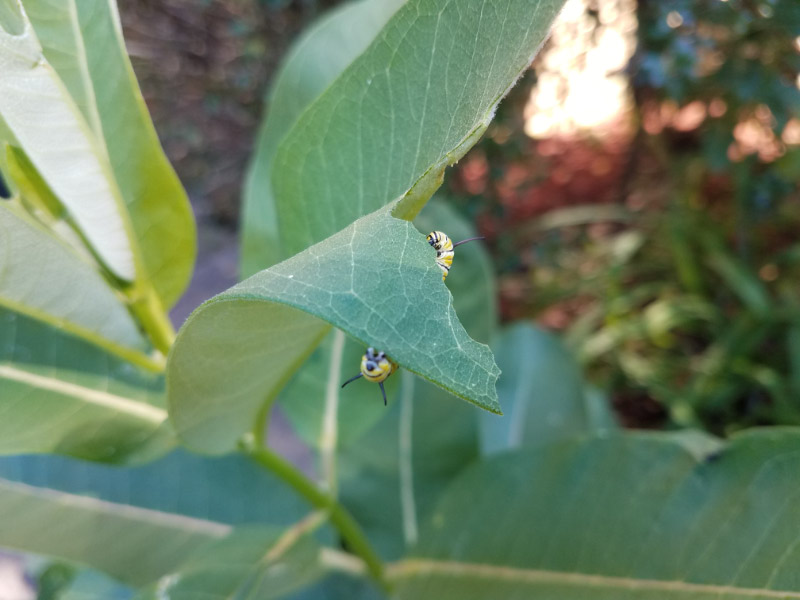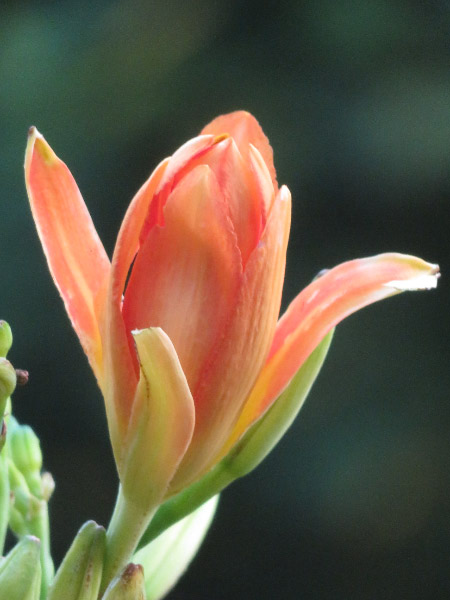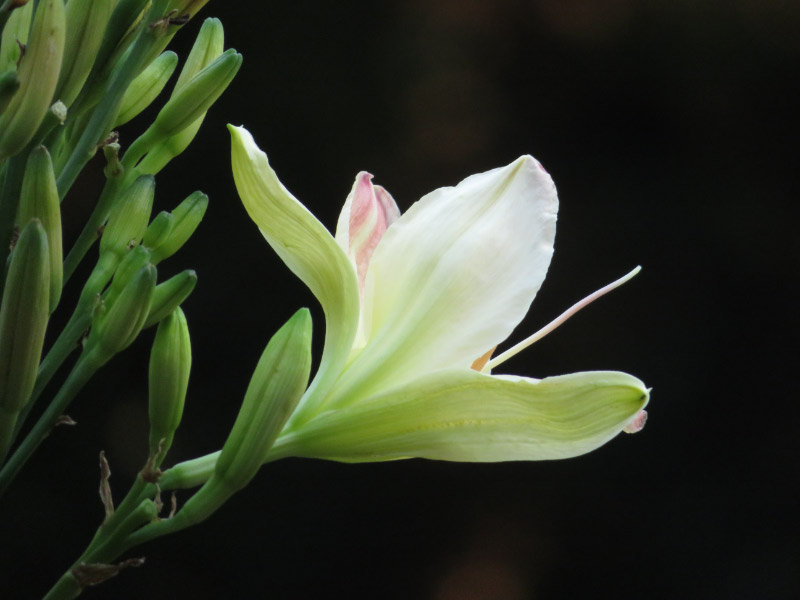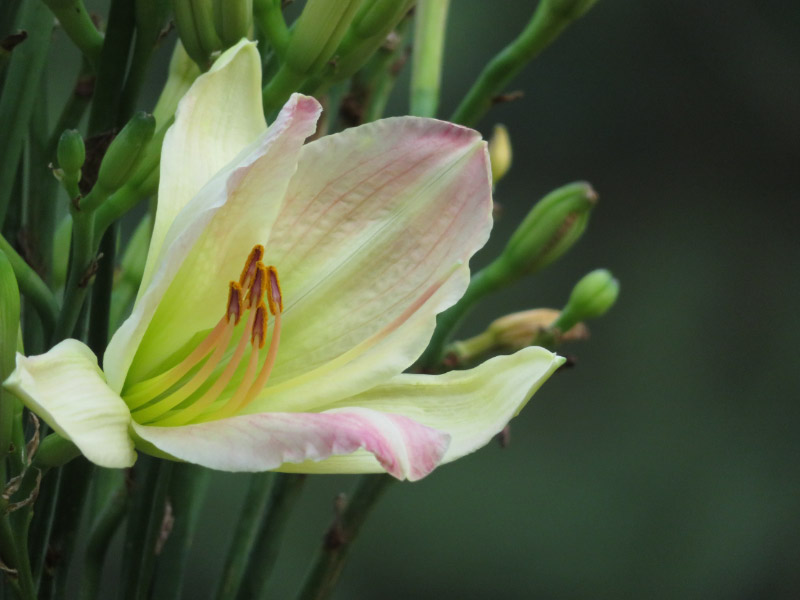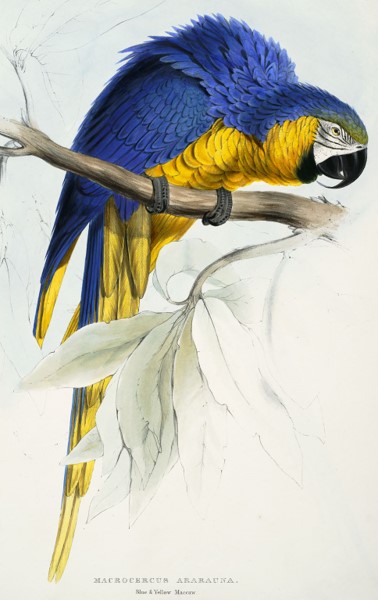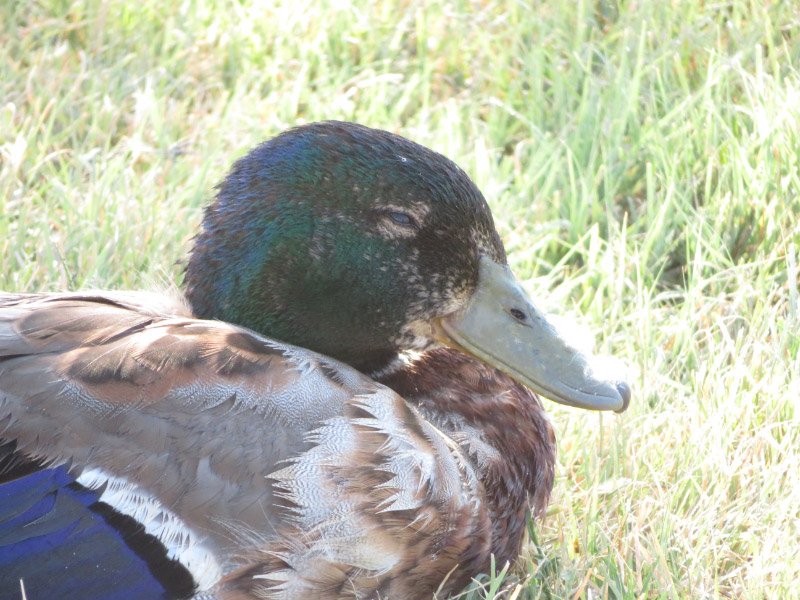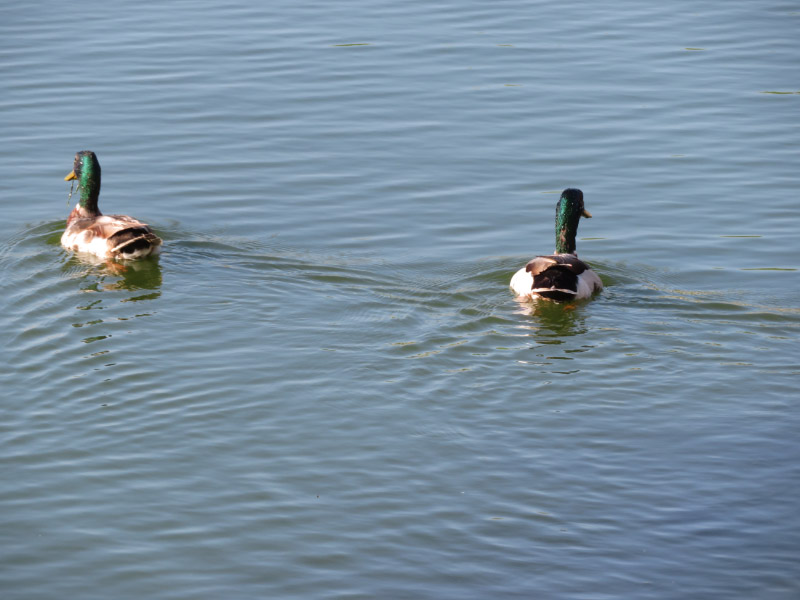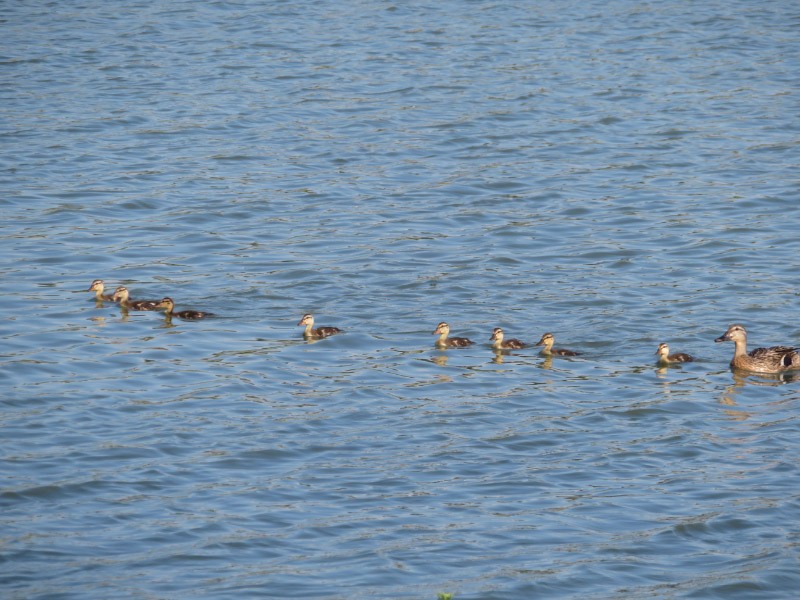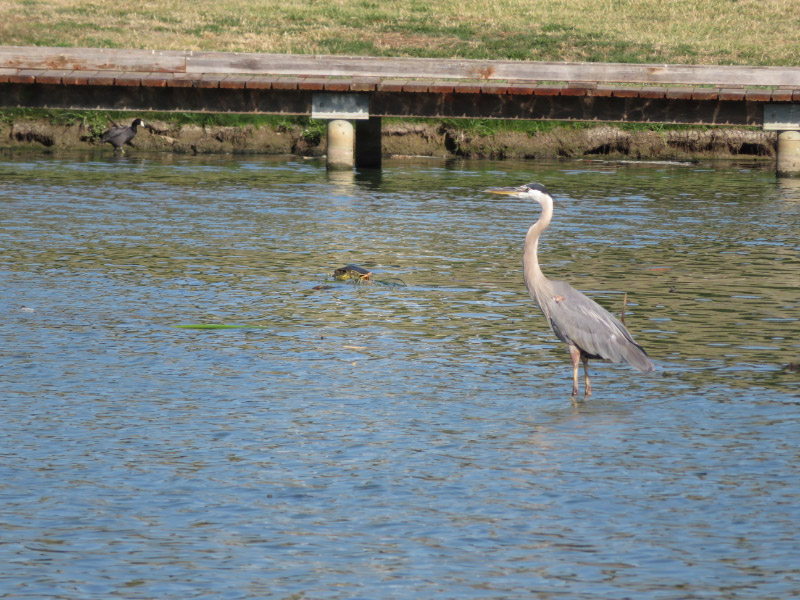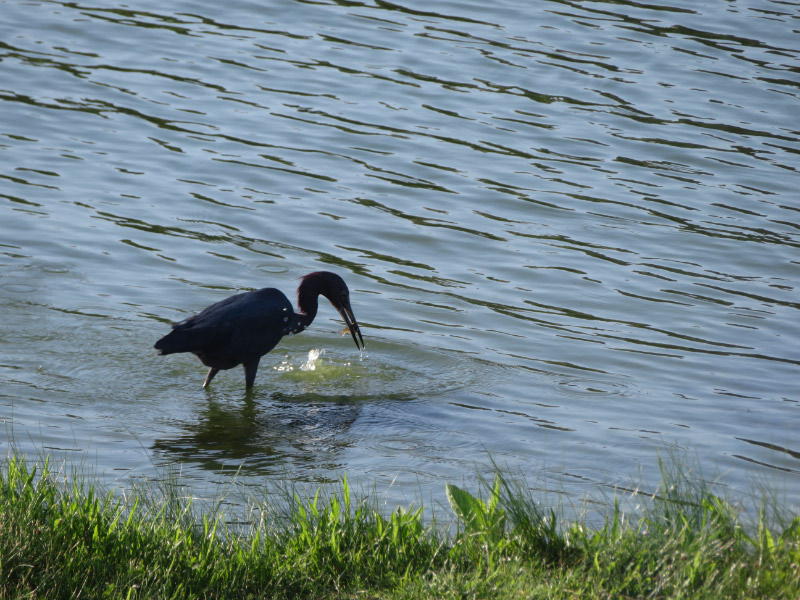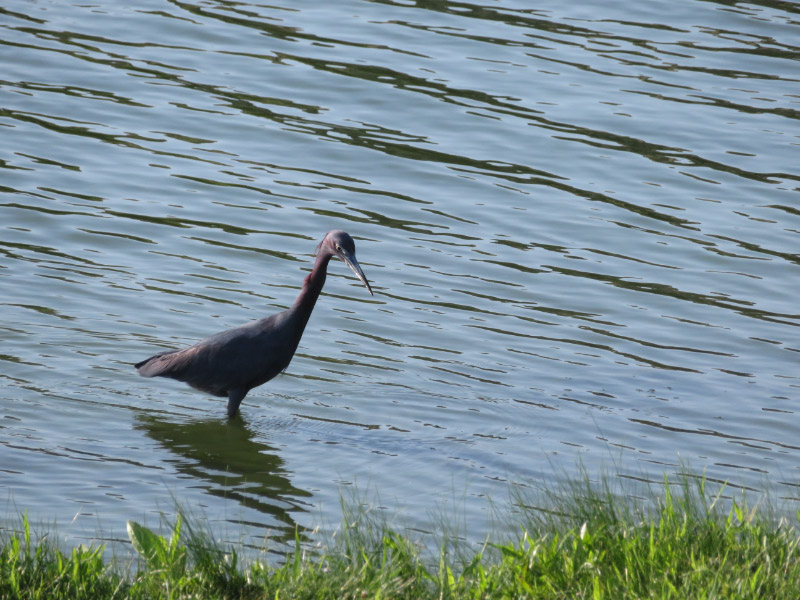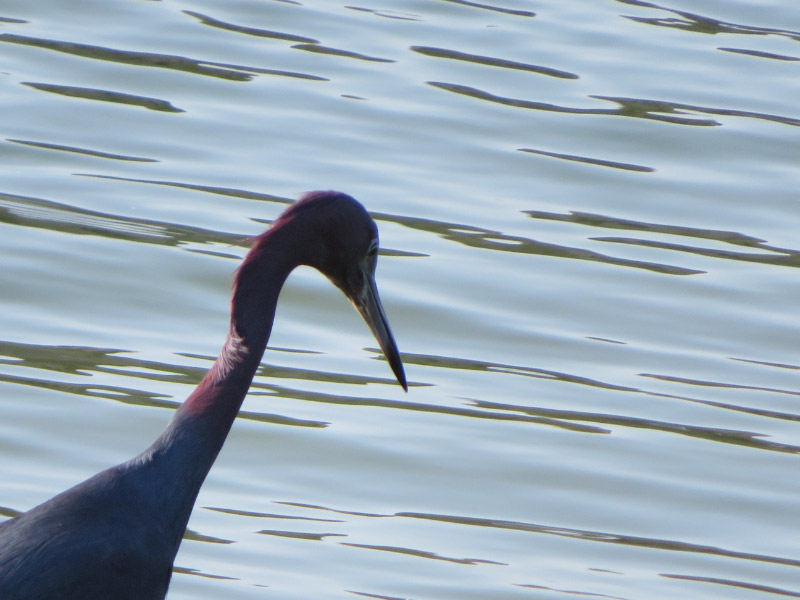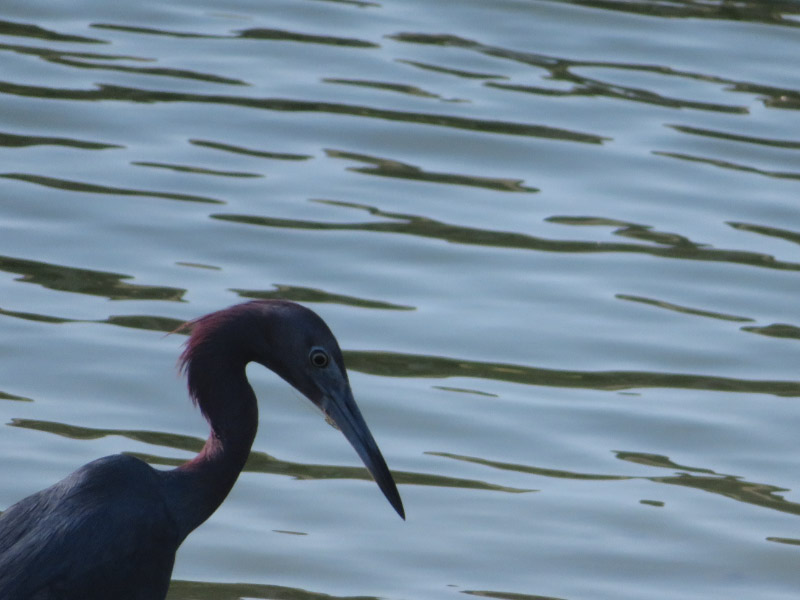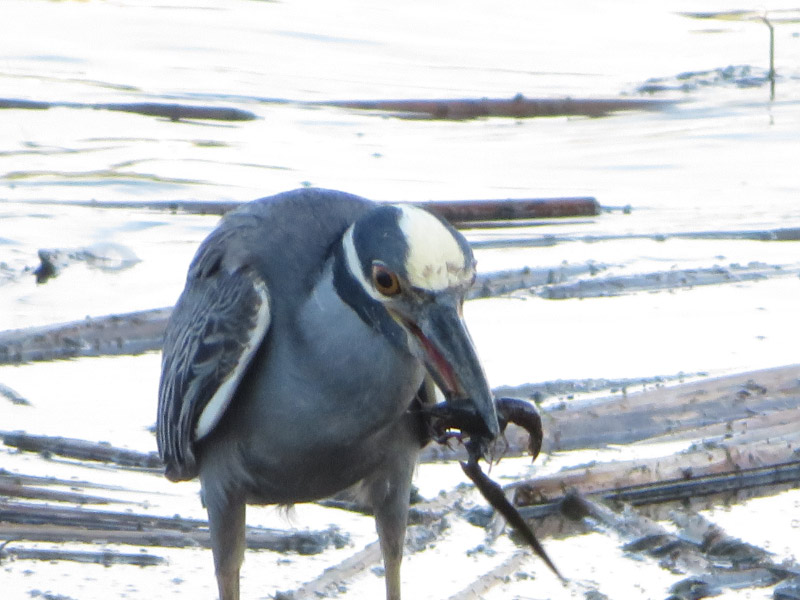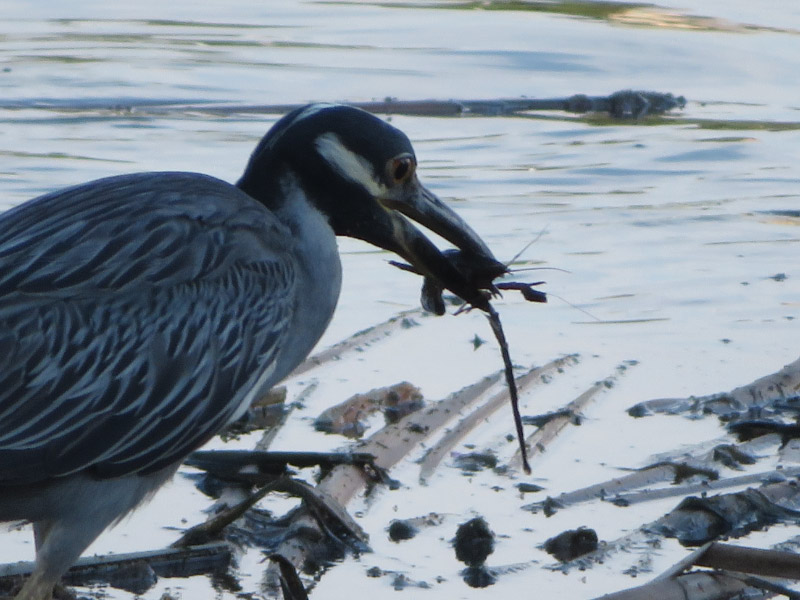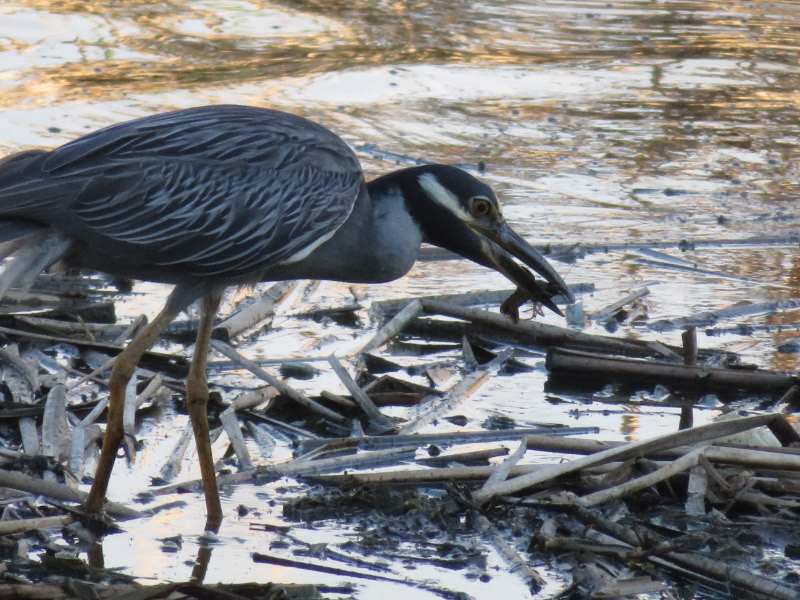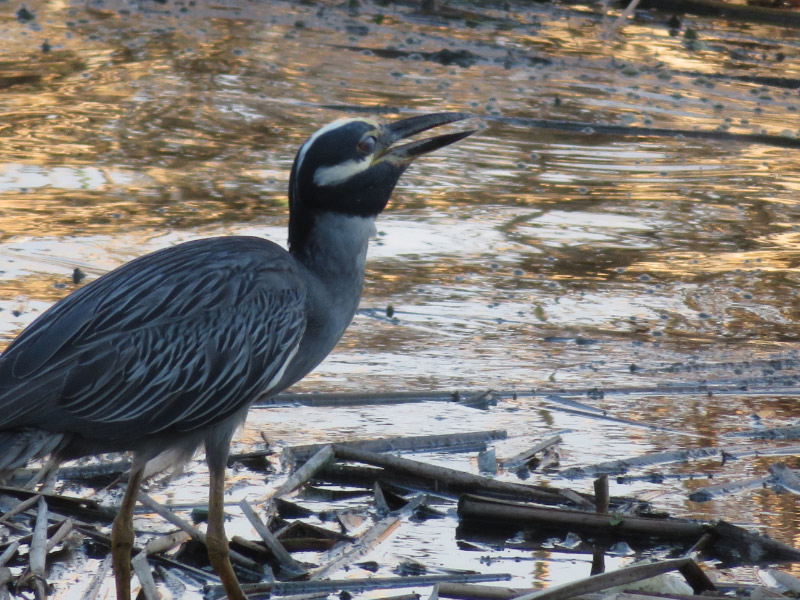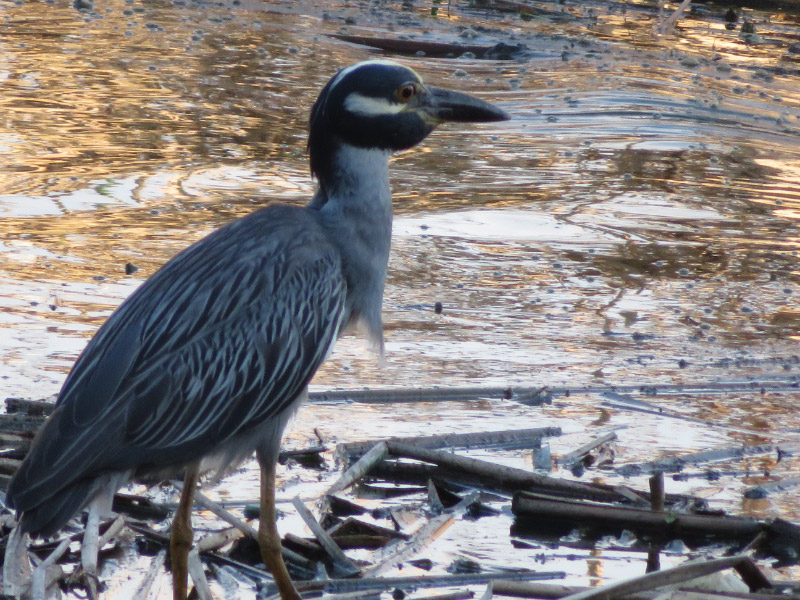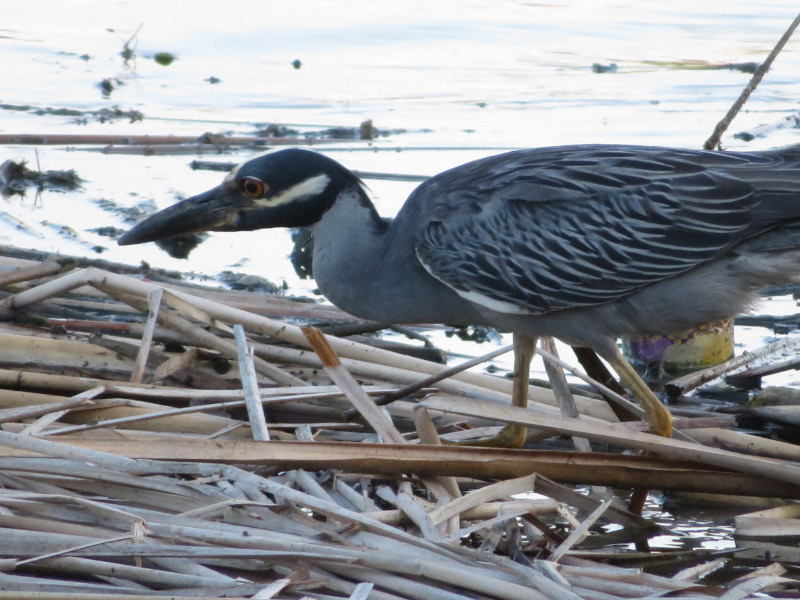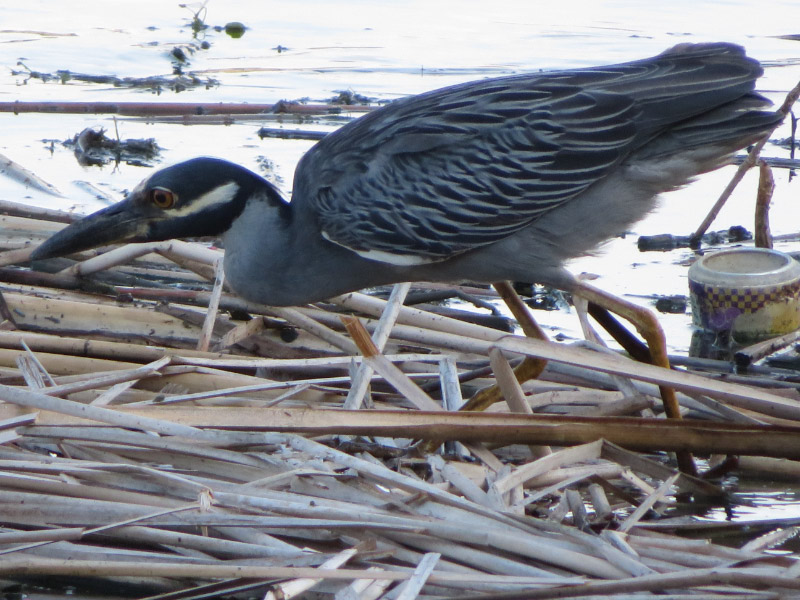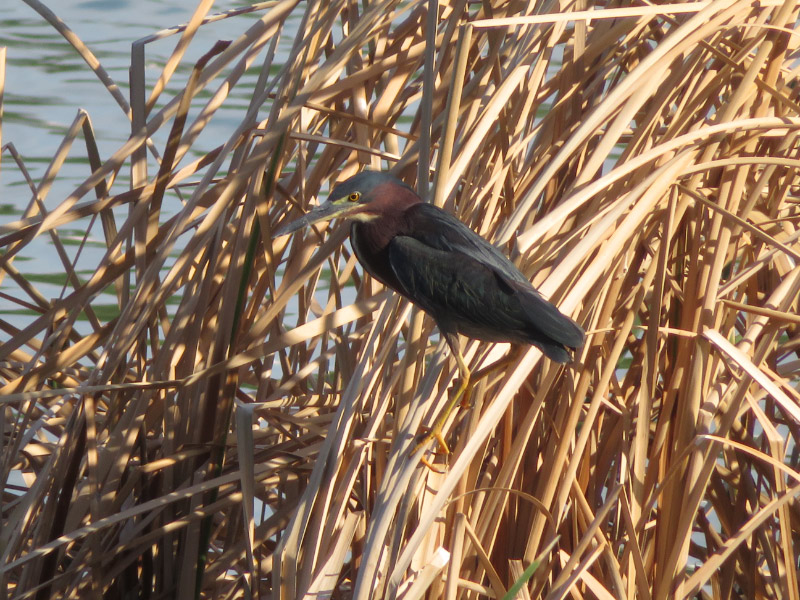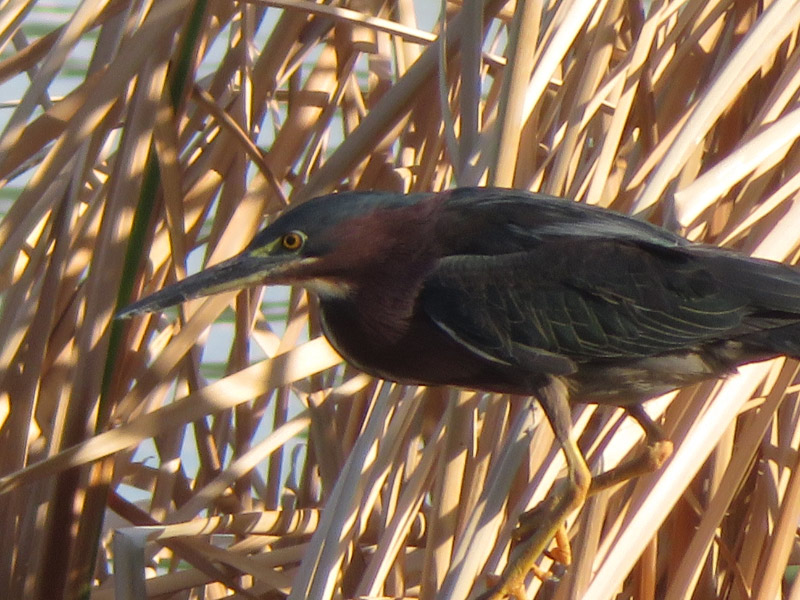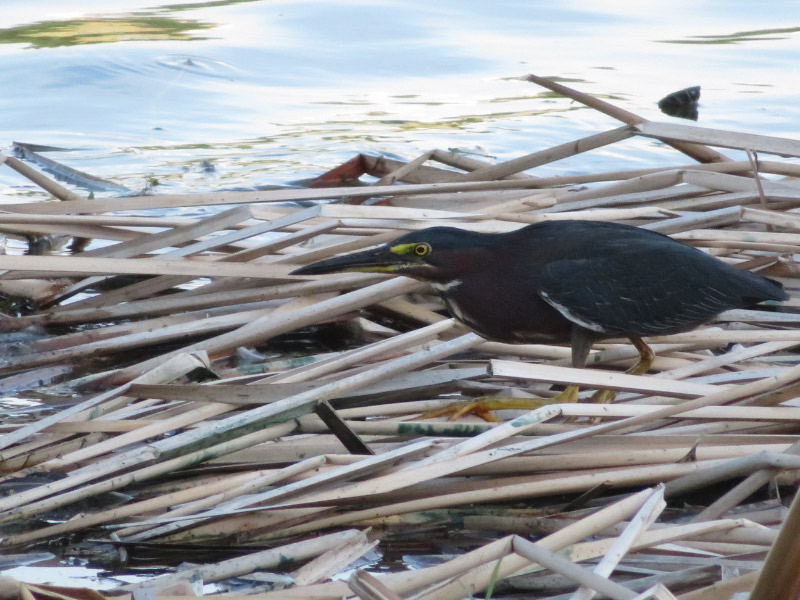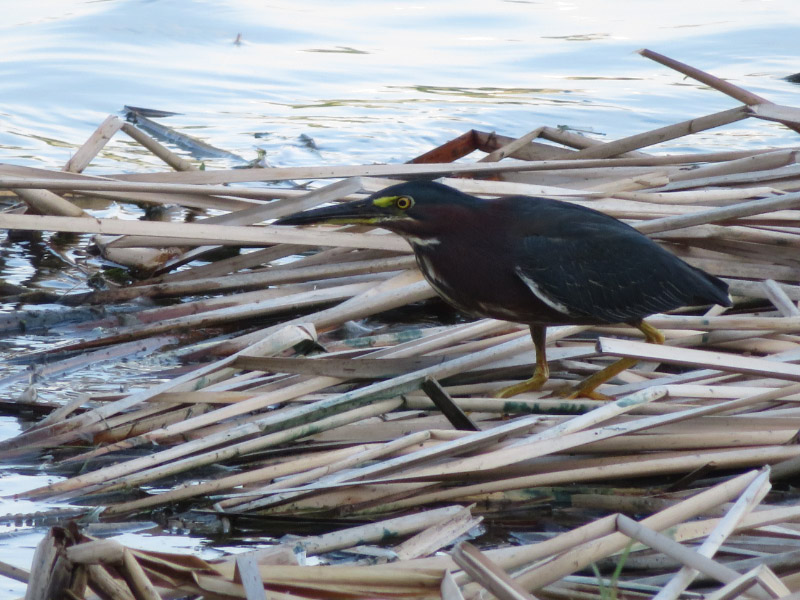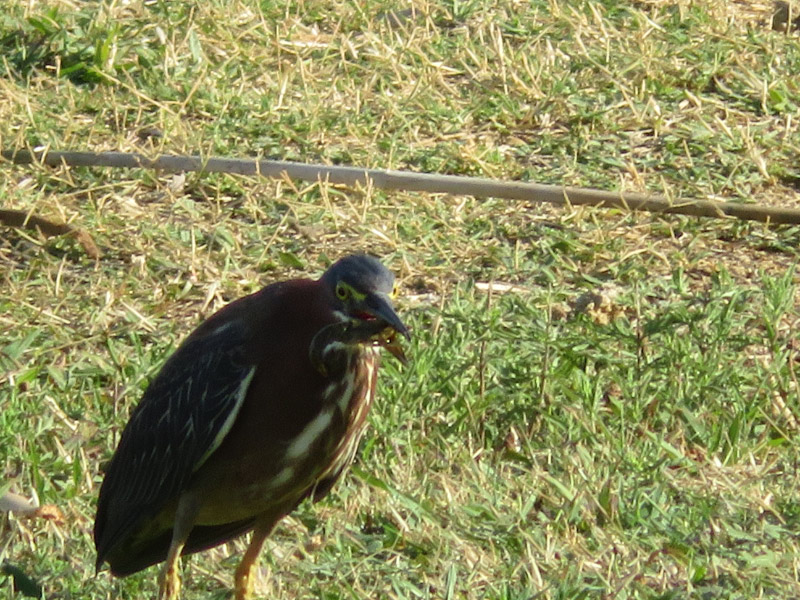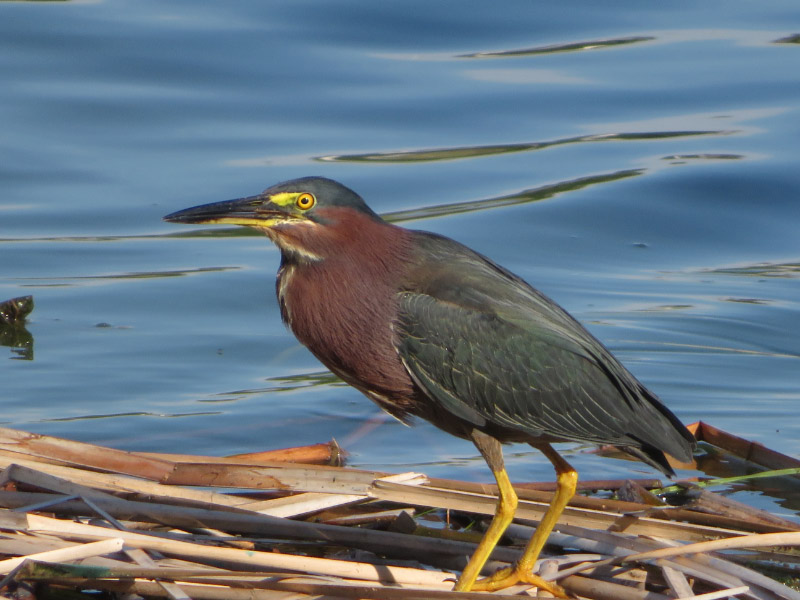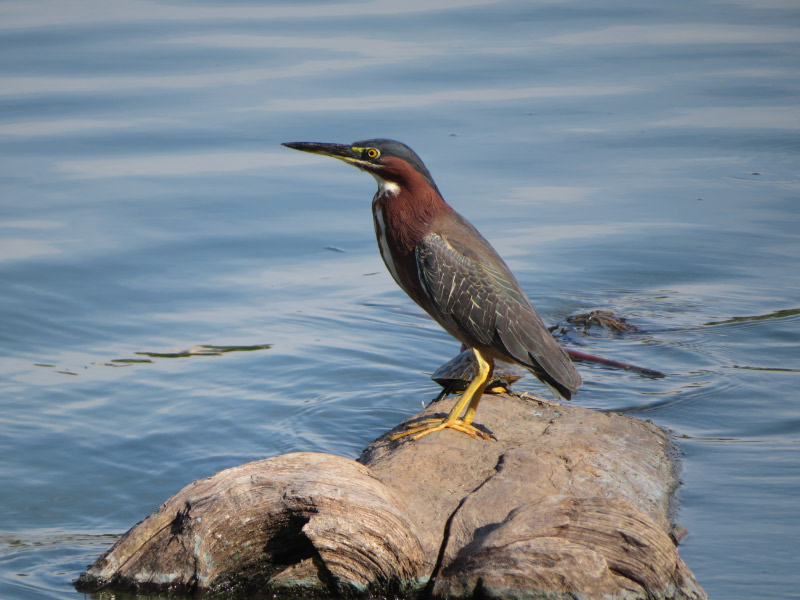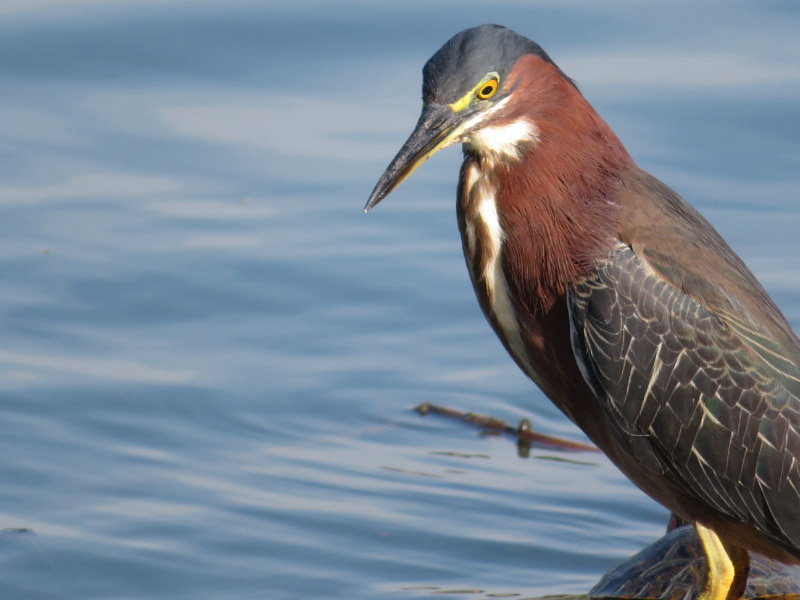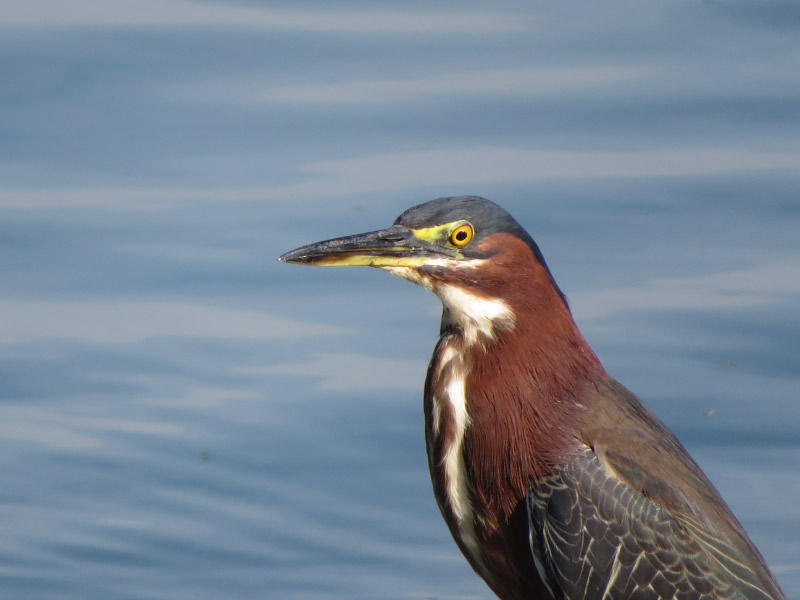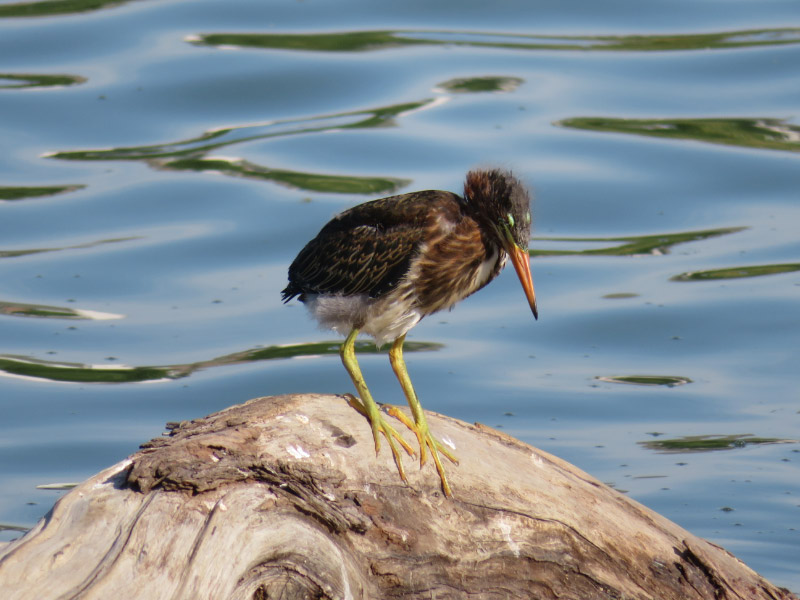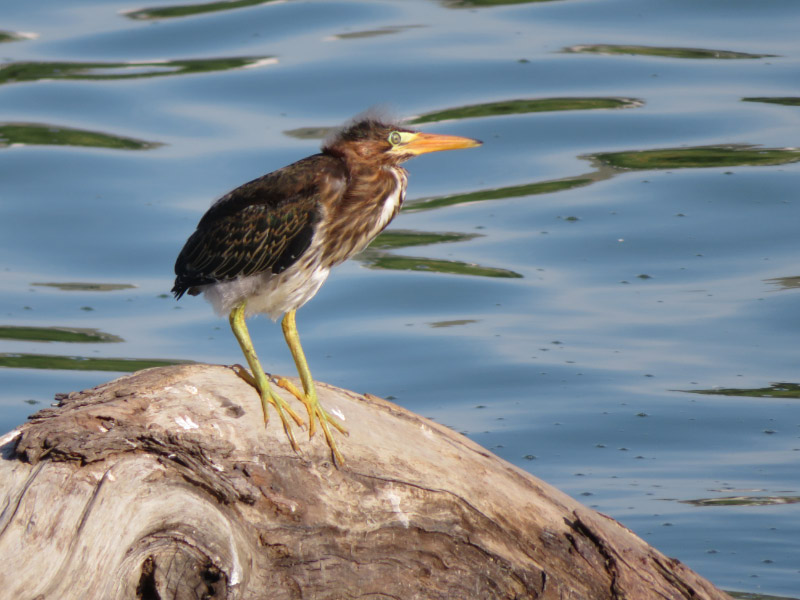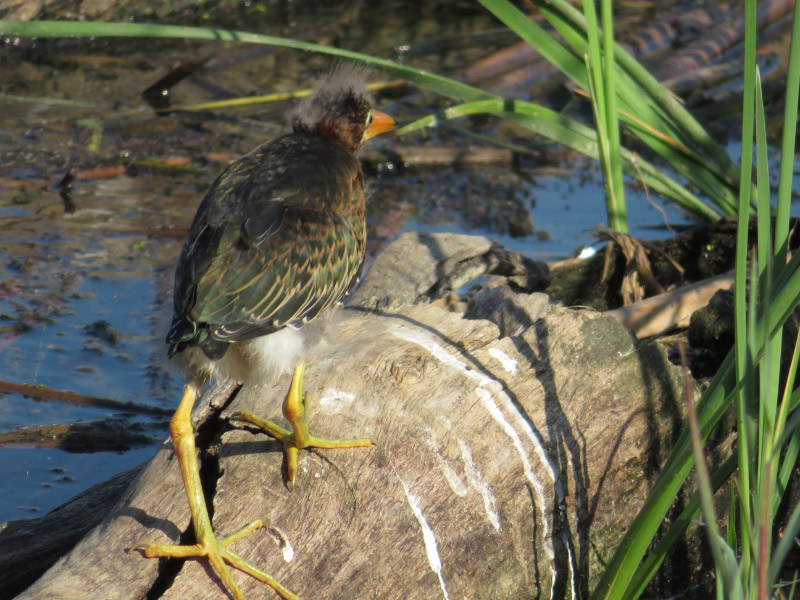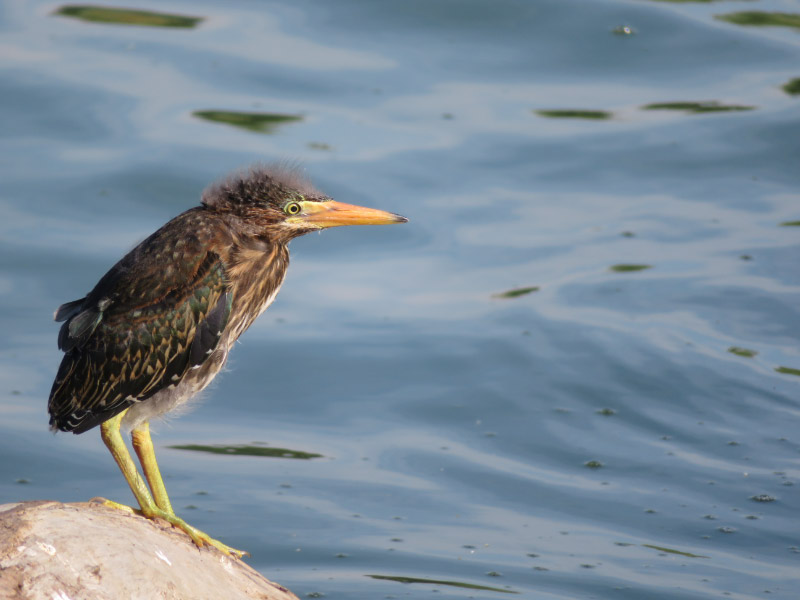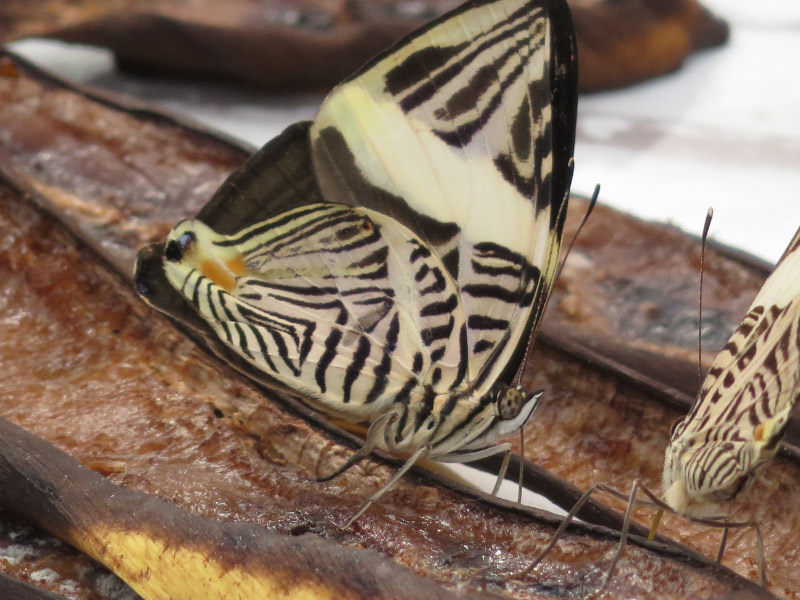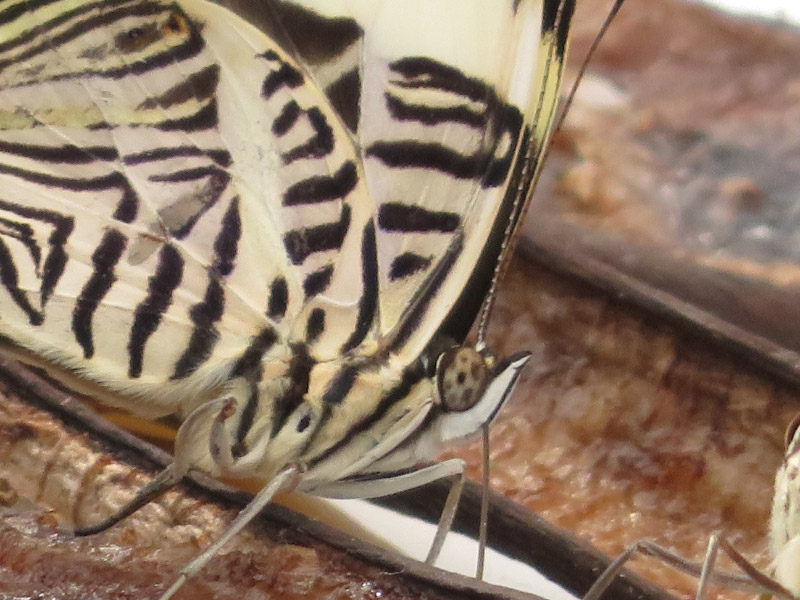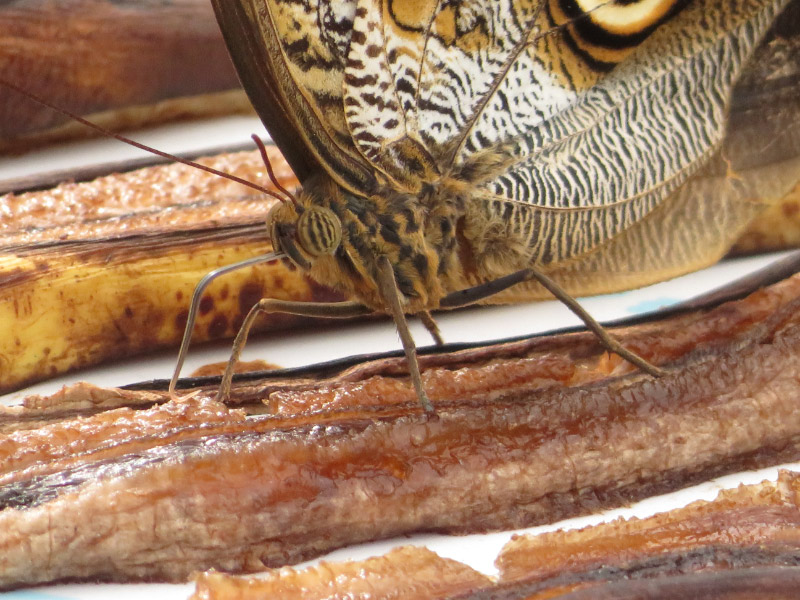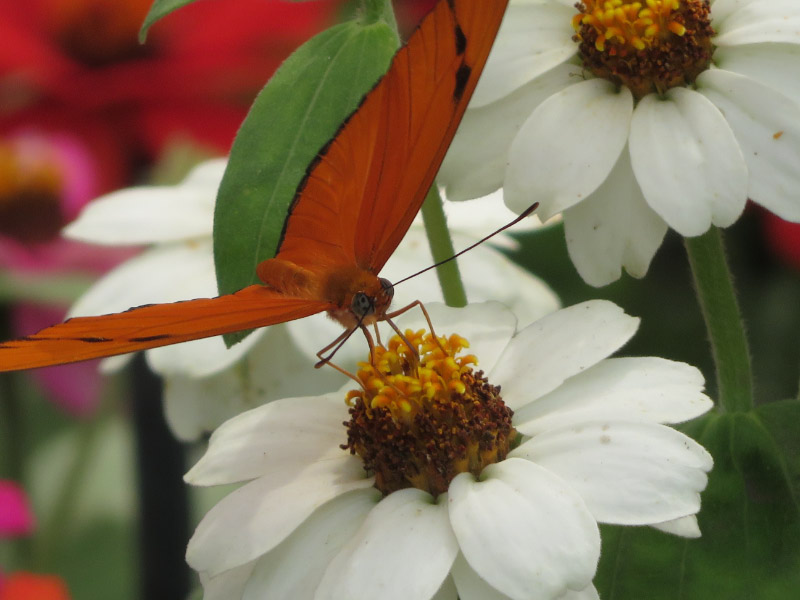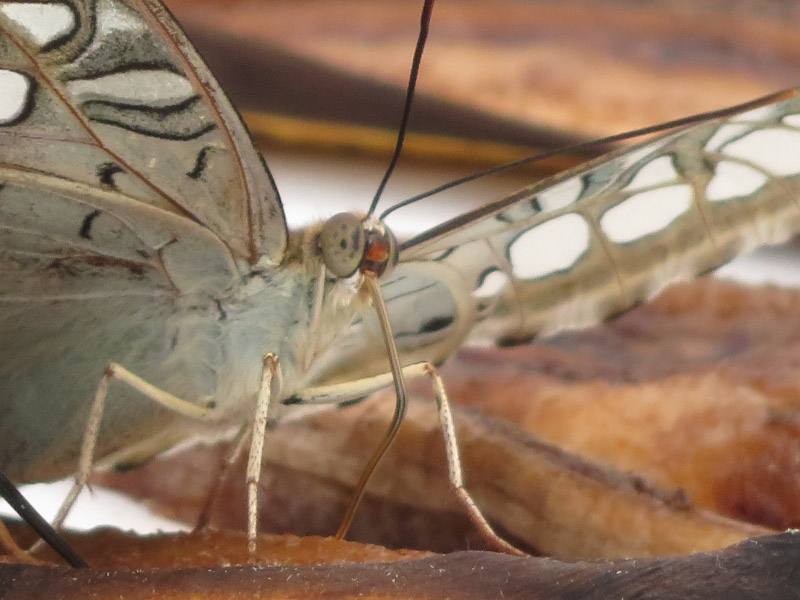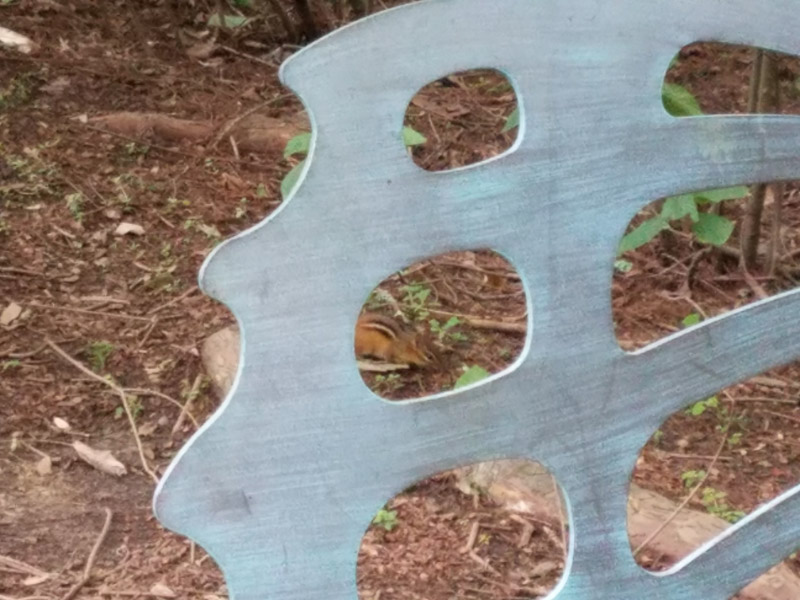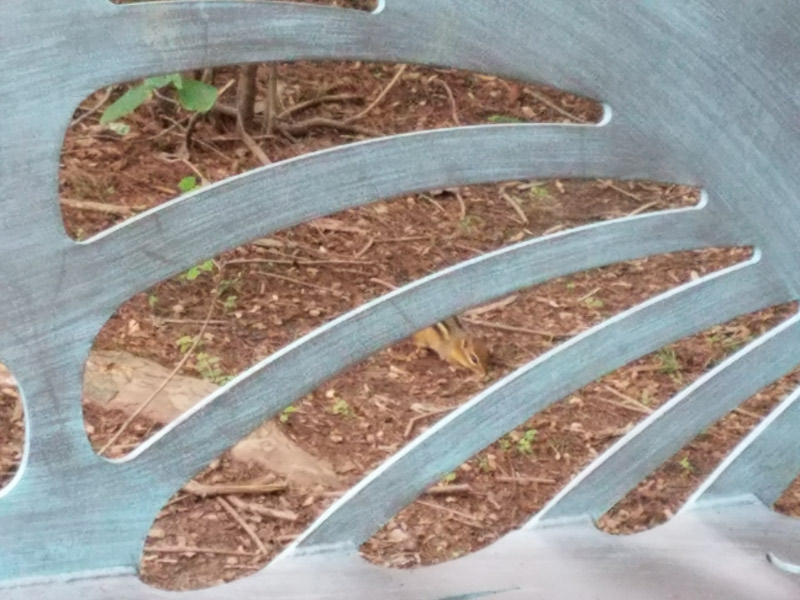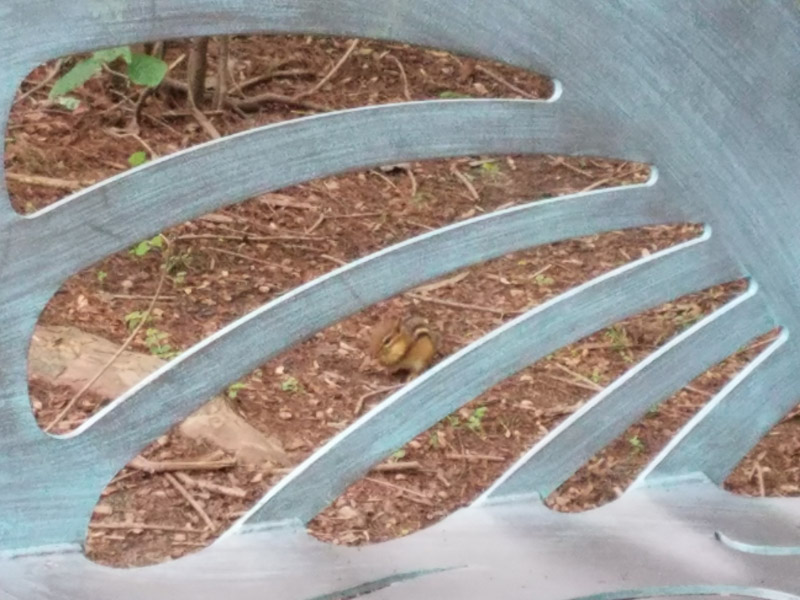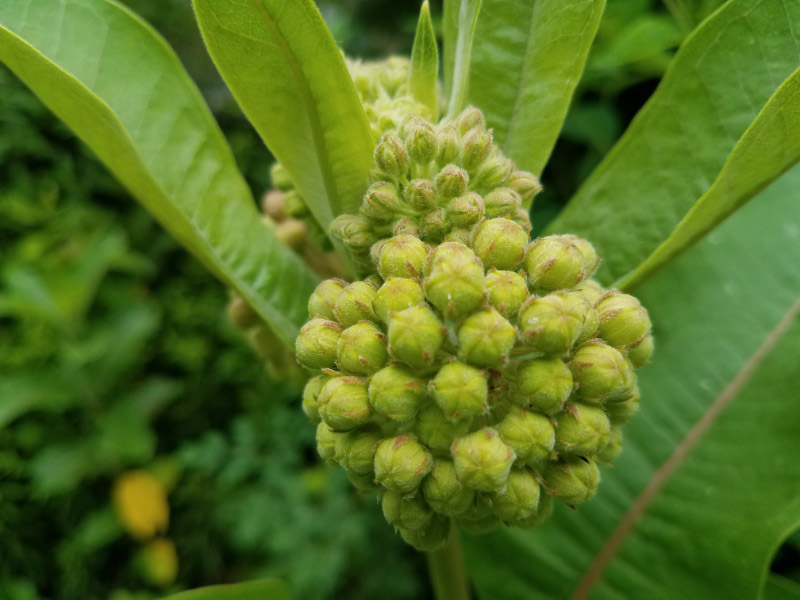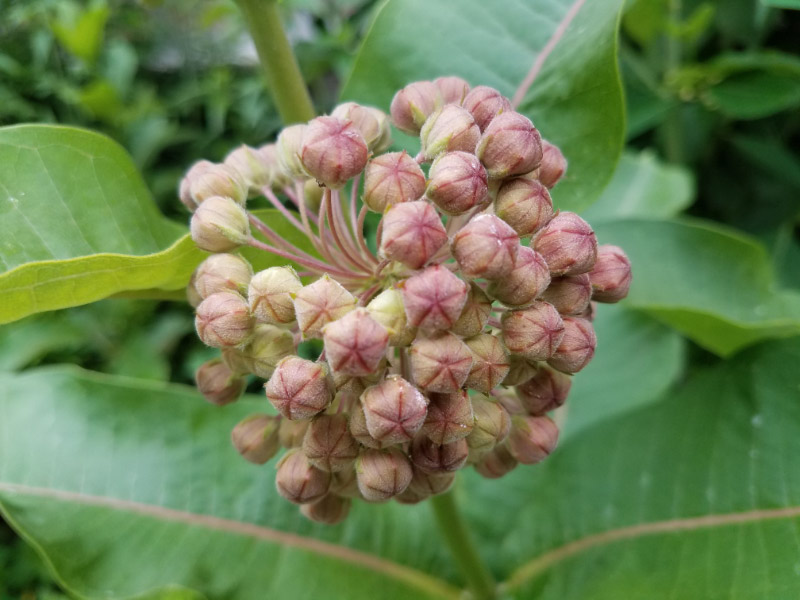Gleanings of the Week Ending July 14, 2018
/The items below were ‘the cream’ of the articles and websites I found this past week. Click on the light green text to look at the article.
Top 25 Birds of Protected Areas and Top 25 Birds of Asia – Several collections of ’25 birds’ were in my news feeds as I was catching up after returning from Texas.
BBC - Future - Thai cave: How life in darkness could affect trapped boys and BBC - Future - Cave rescue: The dangerous diseases lurking underground – I wondered why the sensationalism of the mainstream media coverage did not include more of these aspects of the story.
Feeling young could mean your brain is aging more slowly: The first study to link subjective age to biological age shows that elderly people who feel younger have less signs of brain aging -- ScienceDaily – Feeling young is a big plus!
Minimizing Your Exposure to Pesticides in Produce: Help from the Environmental Working Group (EWG) Dirty Dozen List | Berkeley Wellness – The ranking comes out every year…I use it to prioritize which veggies/fruits I buy ‘organic.’ Of course – during the summer I am eating veggies from the local Community Support Agriculture which is all organic.
Scientists capture breaking of glacier in Greenland: Event points to forces behind global sea-level rise -- ScienceDaily – There is a link to the video at the bottom of the post….well worth watching. Awesome ice.
The Ultimate Guide to Yellowstone Wildlife Viewing – Cool Green Science – I reminder of a place I want to visit again.
Beaded Necklaces: Complex Restringing | In the Artifact Lab – It took 25 meters of string to do the work!
Take a VR Tour of an Egyptian Queen’s Elaborate Tomb | Smart News | Smithsonian - Another attempt to create ways to experience a place without actually being there…and potentially damaging it.
Poison Ivy: Busting 6 Myths to Avoid the Itch – Cool Green Science – It’s that time of year. In Maryland there is a lot of poison ivy but I’ve managed to avoid it in recent years….or maybe it is the gardening gloves with gauntlets that cover most of my arm and tucking my pants into my socks (for ticks…but also means there is no skin exposed to poison ivy either.
Gene therapy shown to cure type 2 diabetes and obesity in mice, researchers report -- ScienceDaily – Early days…but wouldn’t it be wonderful if something like this would work form humans?











